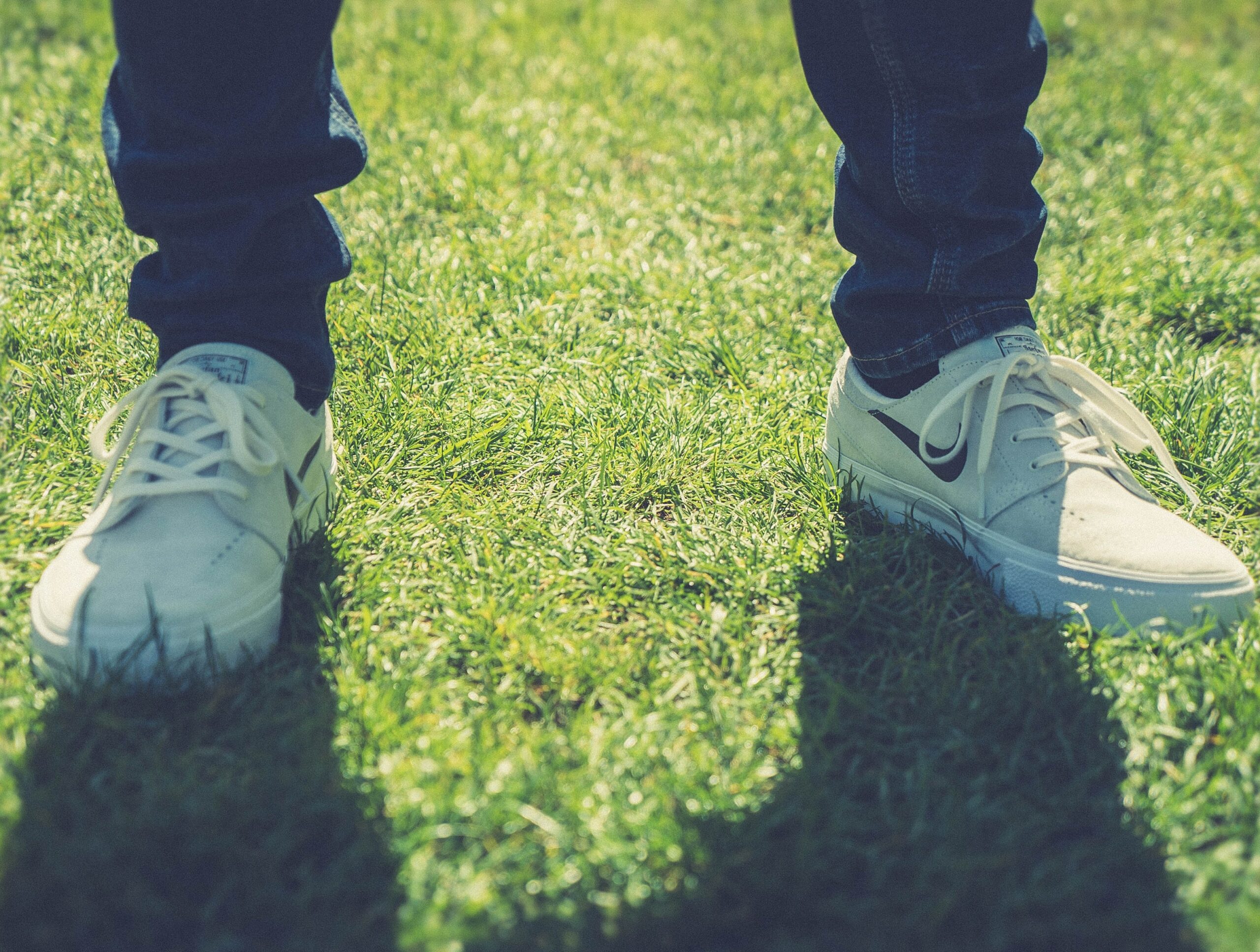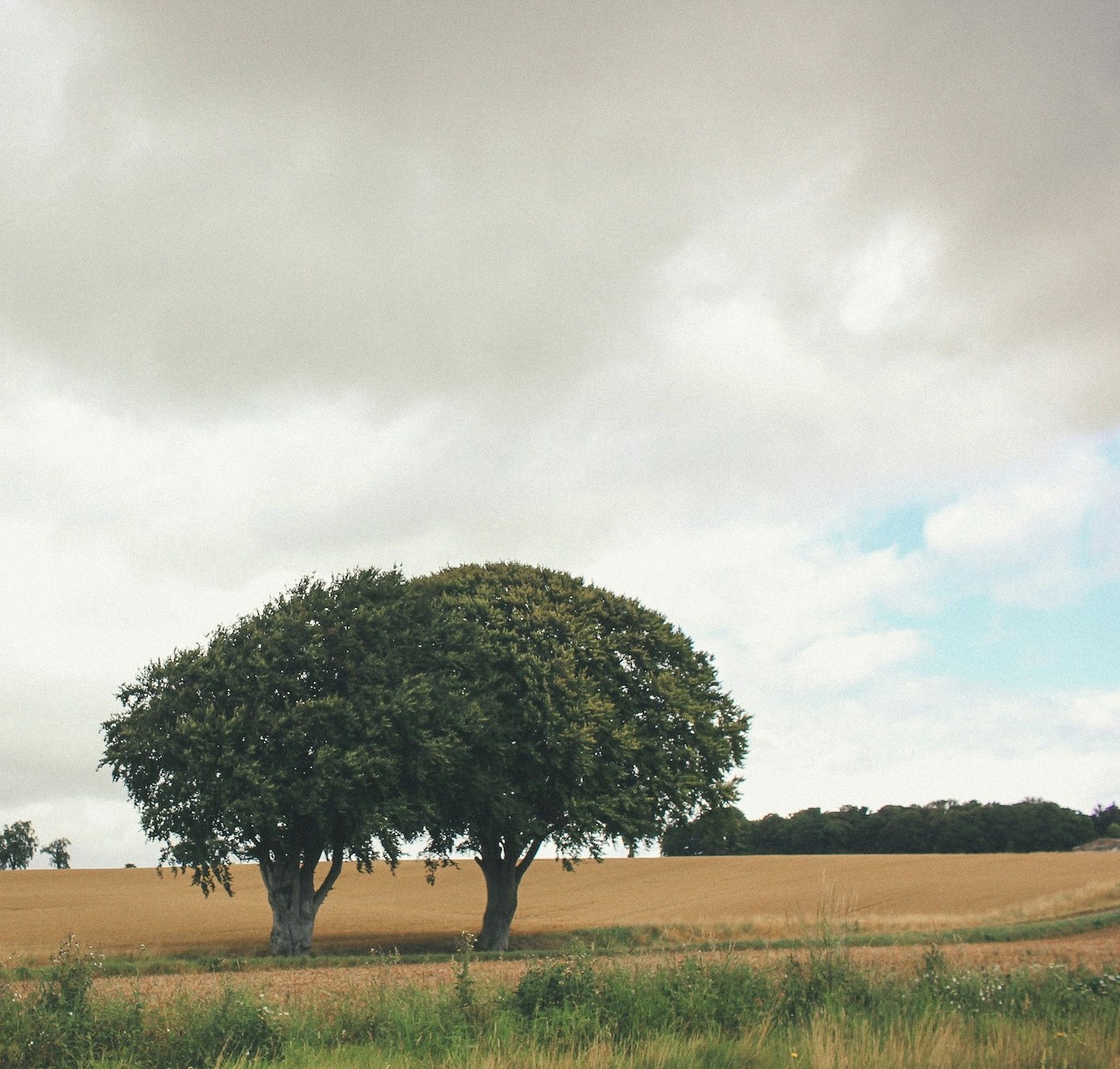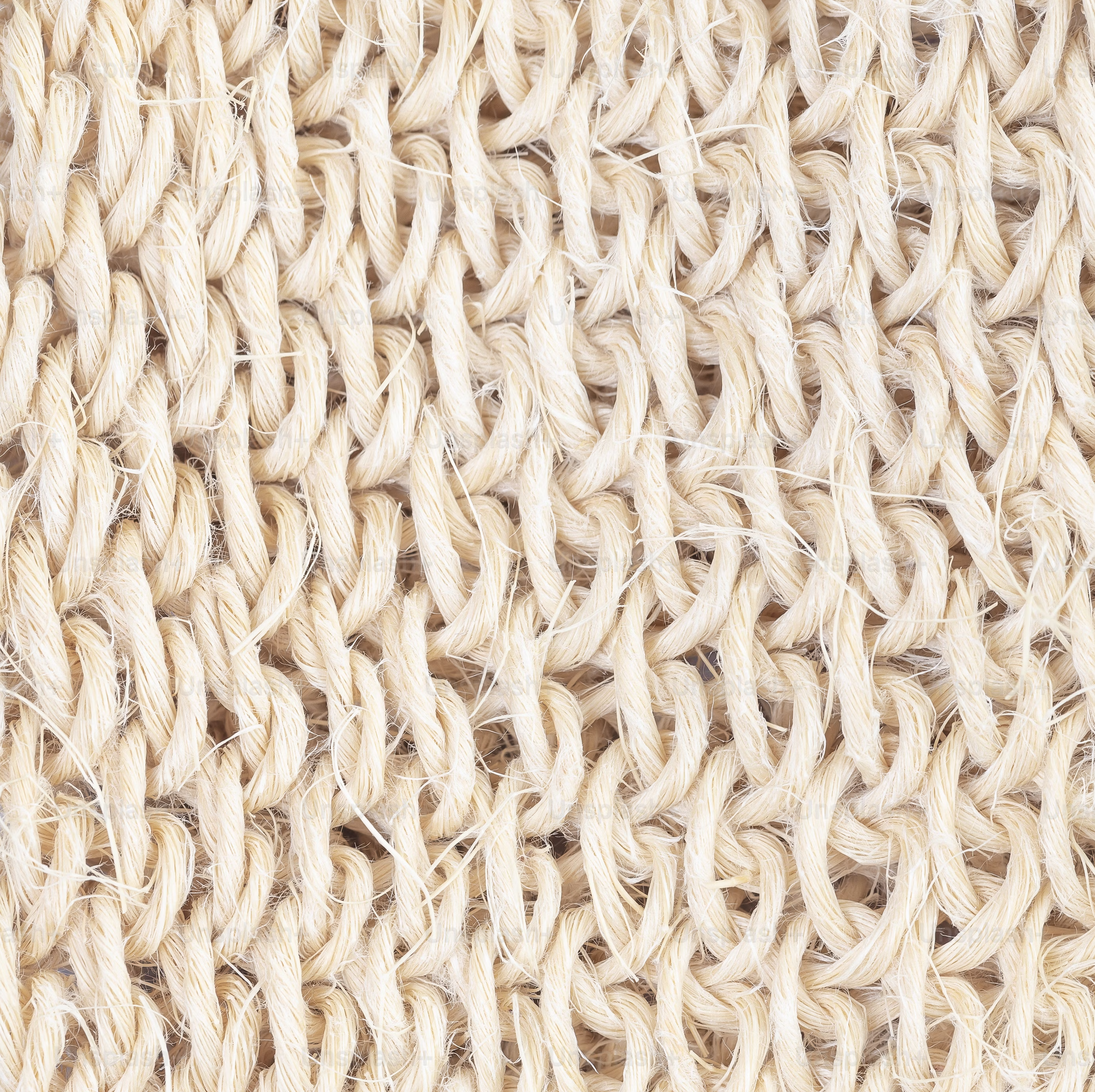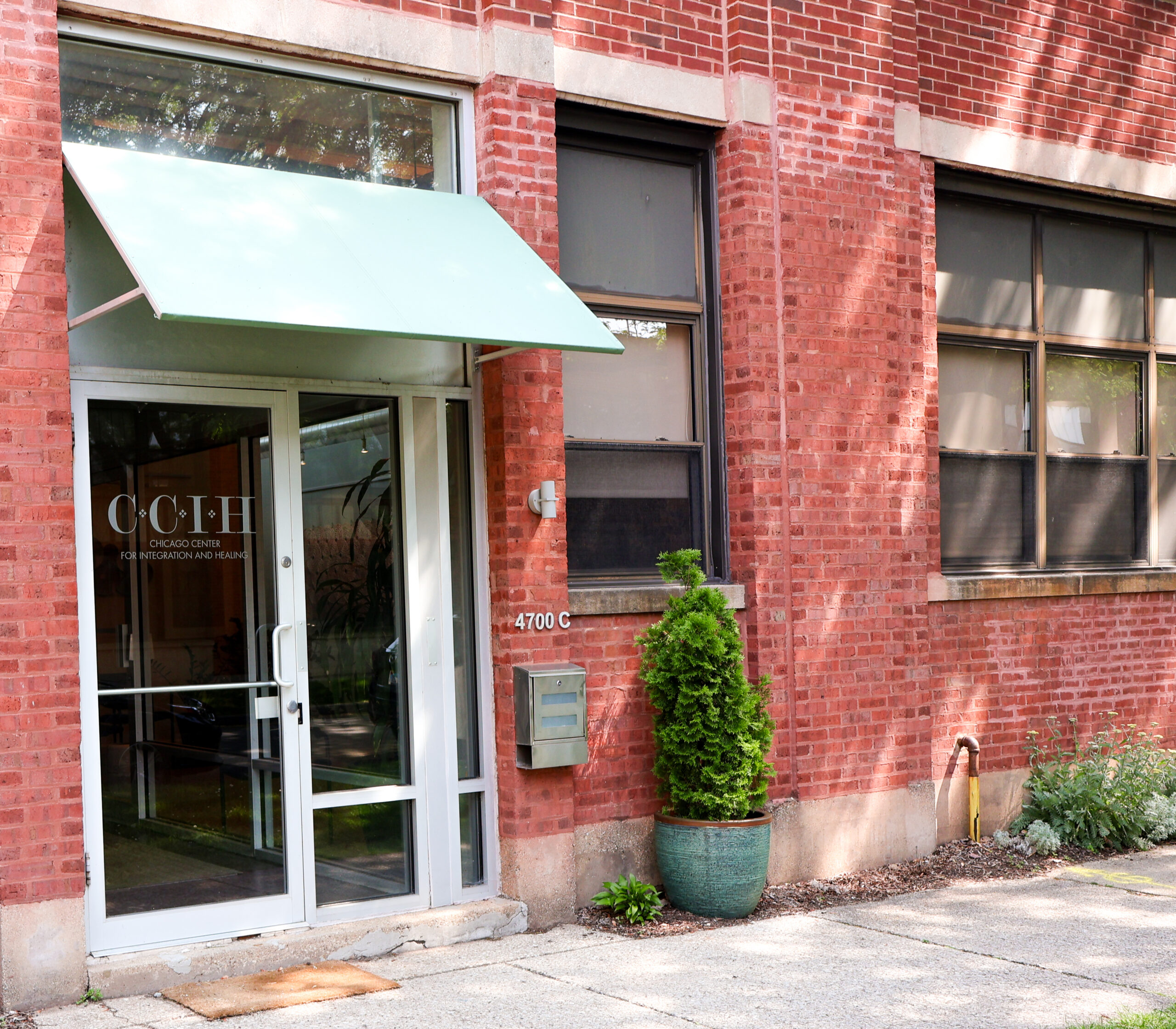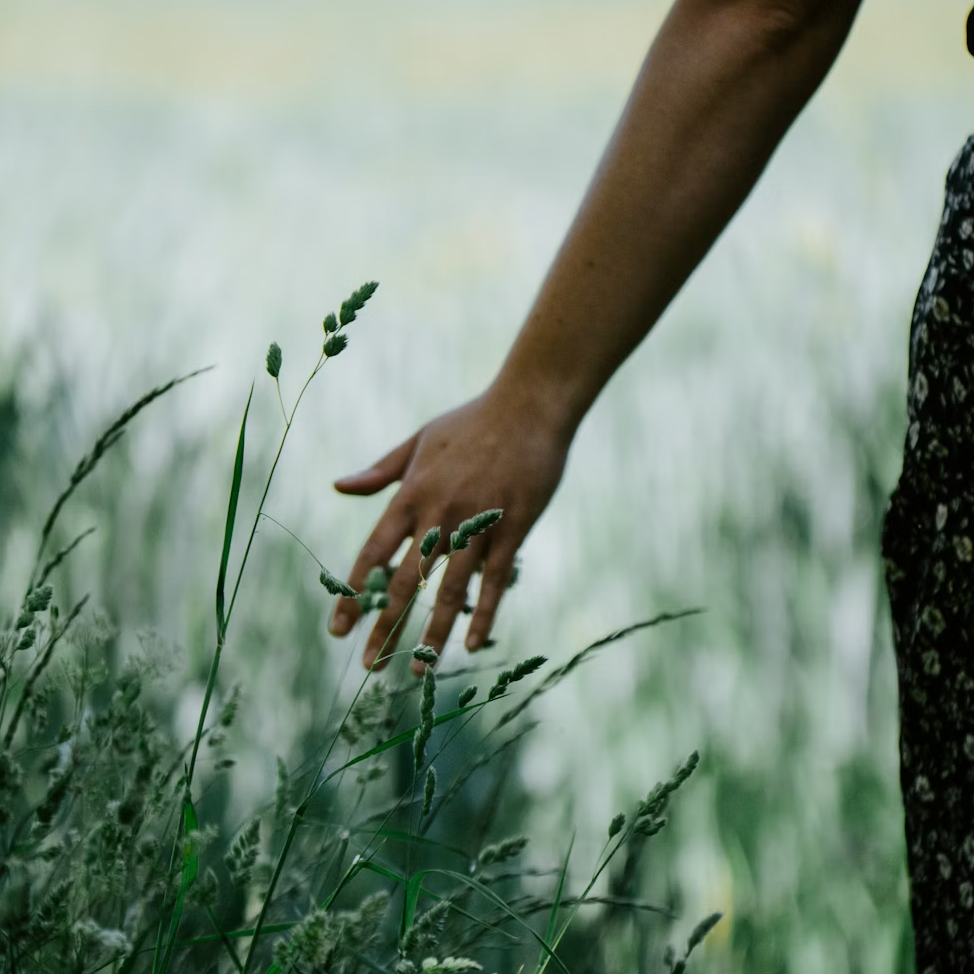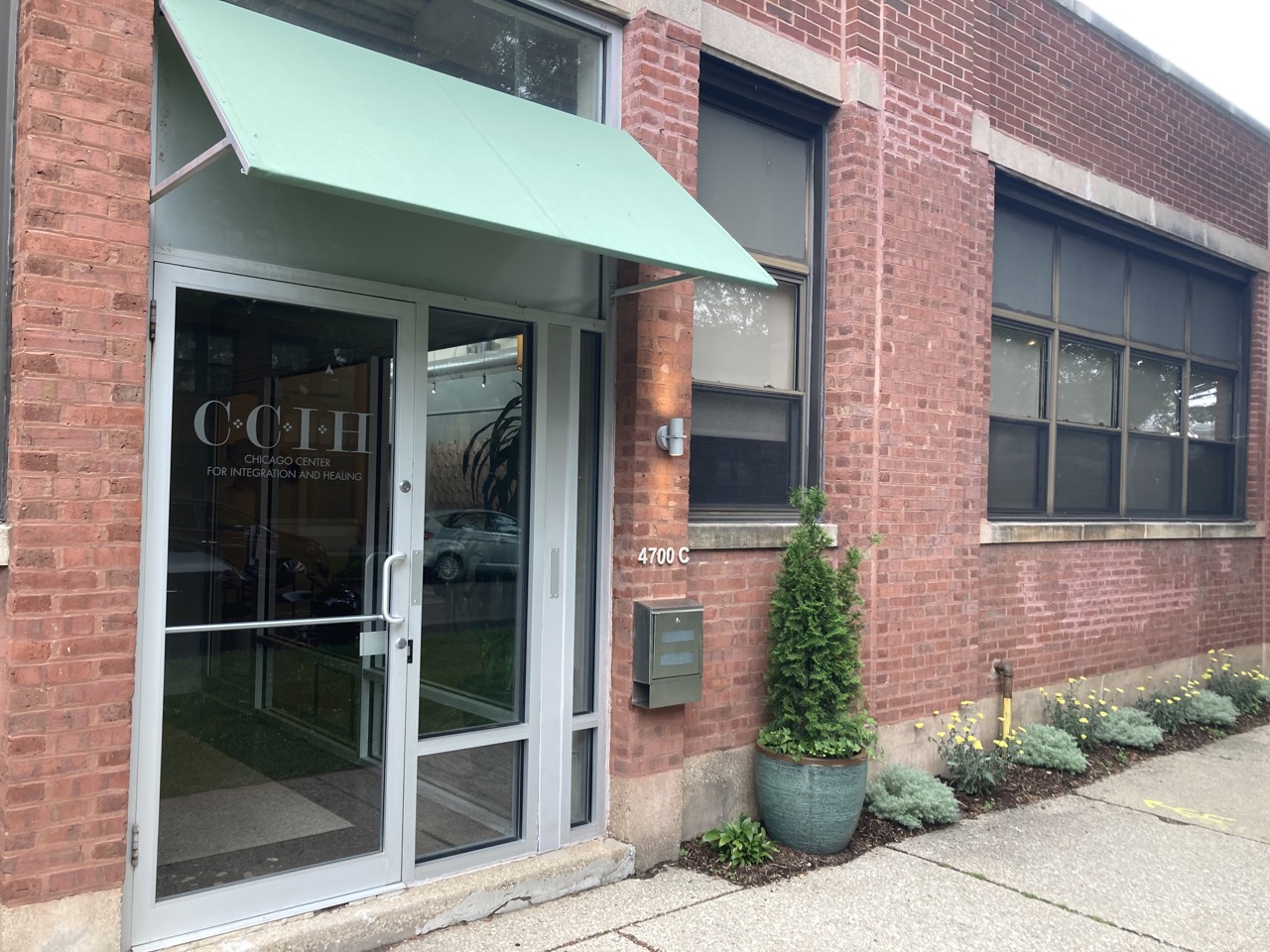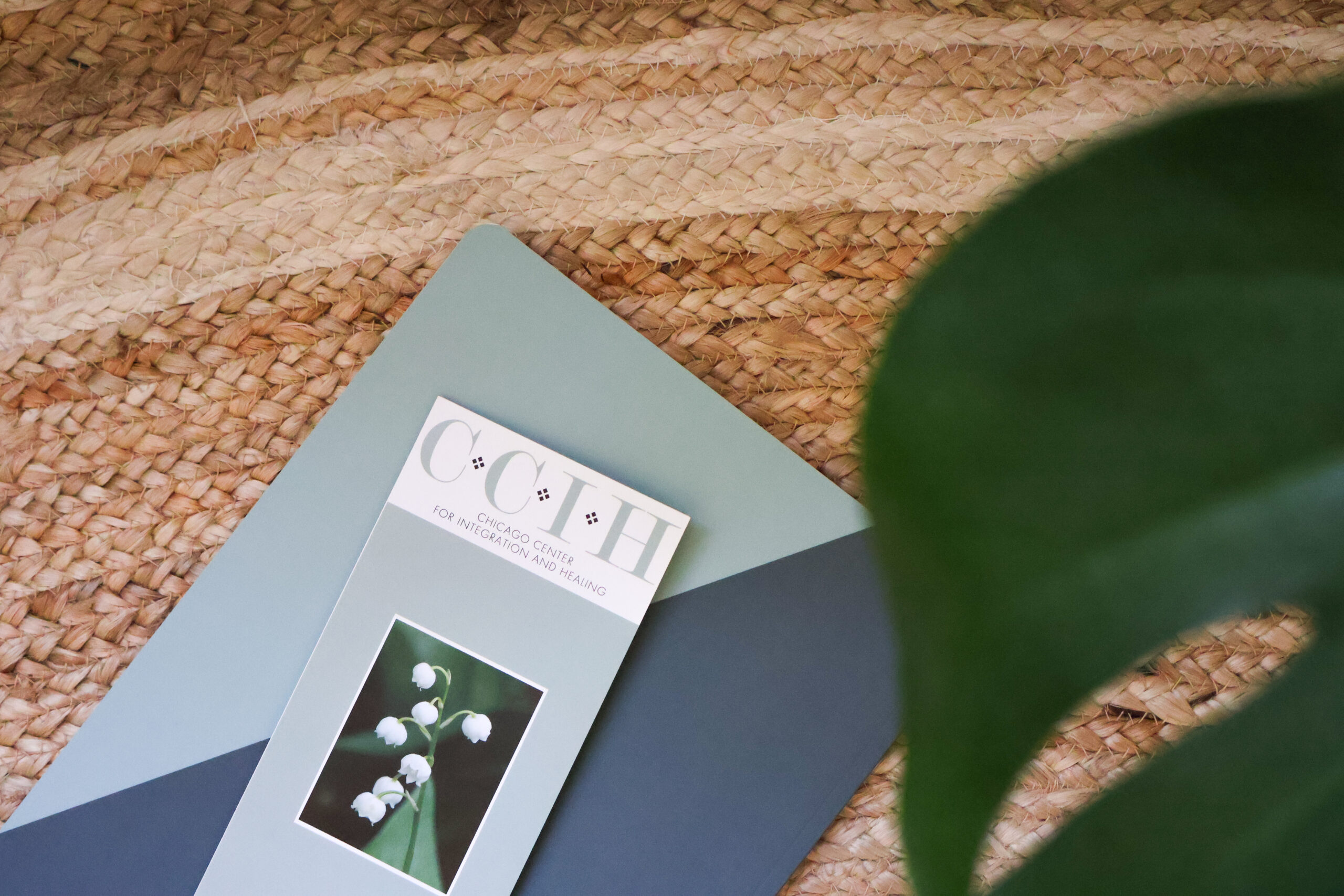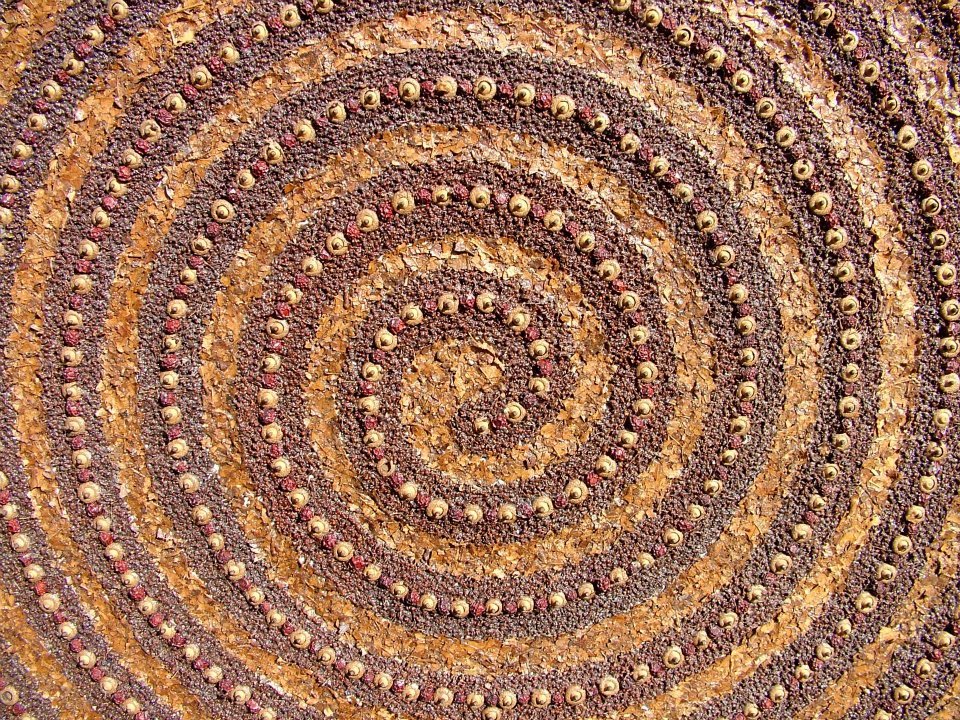Somatic resources are actions we can take to help our nervous systems to regulate. You will find some ideas below on various types of somatic resources to experiment with. Because our nervous systems crave regulation, you may already be doing some of these, even if you’re not conscious of them!
Please note that being present with the experiences in your body can be difficult. What is resourcing for one person may be activating for another. There is no right way to experience these practices. If you do find these practices are not feeling supportive, give yourself some credit for trying. One-on-one support from a therapist can be helpful in building the skills to be present with your experience.
Core Alignment:
- Try sitting down and simultaneously gently pushing the bottoms of feet into the ground and extending the crown of your head towards ceiling, seeing if you can feel your core muscles engaging.
- Notice the sensations of this experience. Experiment with slouching and then re-aligning. Do you notice any subtle changes in your mood, energy, engagement with the world around you? Does either posture feel more comfortable or more familiar for you?
Centering:
- Try placing two hands over your heart or one hand on your chest and one on your upper belly, just under your ribcage. If you would like, you can place a pillow between your hands and your body. Experiment with the pressure and placement of your hands.
- See if you can notice the subtle sensations (warmth, pressure, etc.) between your hands and your body.
Breath:
- Try bringing a gentle attention to your breathing and mindfully noticing the sensations associated with your breath in your nostrils, your chest, or your belly.
- If it is comfortable to pay attention to your breathing, you can experiment with slightly changing the pace and depth of your breath. Slightly faster or deeper inhales can increase energy, while slower and longer exhales can be calming.
- Note: breath work is challenging. If this practice makes you uncomfortable, that’s not uncommon! It may be helpful to work with these other resources for a while, or work with your therapist for support with breathwork.
Movement:
- All kinds of movement can be resourcing in different ways. Try starting with stretching your arms, chest, or legs, paying attention to the sensations in those muscles as you do so. You may also experiment with shaking out your arms and hands, or stomping your feet, or even swaying gently from side to side.
- As you experiment, see if you can notice how the movement changes your energy. Does it feel like the movement is decreasing or increasing the energy in your body? Do different movements have different effects on your experience? How would it feel to move together with someone else in your life?
Grounding:
- Grounding resources help us to connect to the earth below us. You can try this any number of ways:
- Sitting or standing and bringing your attention to the sensations in the bottoms of your feet, where they contact the ground below. You can experiment with shifting the pressure back and forth between your feet. Try to hold your attention on the sensations in your feet and observe what you notice.
- Sitting in a chair or on the ground and paying attention to the weight and pressure of your back and/or sit bones on the surface below you. You can experiment with letting your weight sink further into the surface below.
- Consider experimenting with wearing shoes or being barefoot, connecting with the ground inside or outside.
Containment:
- Containment resources help us to feel our body as a container for our experiences. A few different options could be:
- Placing your hands over your temples on either side of your head or one hand over your forehead and one hand on the back of your head.
- Crossing your arms in front of you (like you’re hugging yourself) and squeezing the outside of your arms. If you would like, crossing your legs as well and squeezing them together.
- Hold each of these for at least a few moments and observe the effect.

